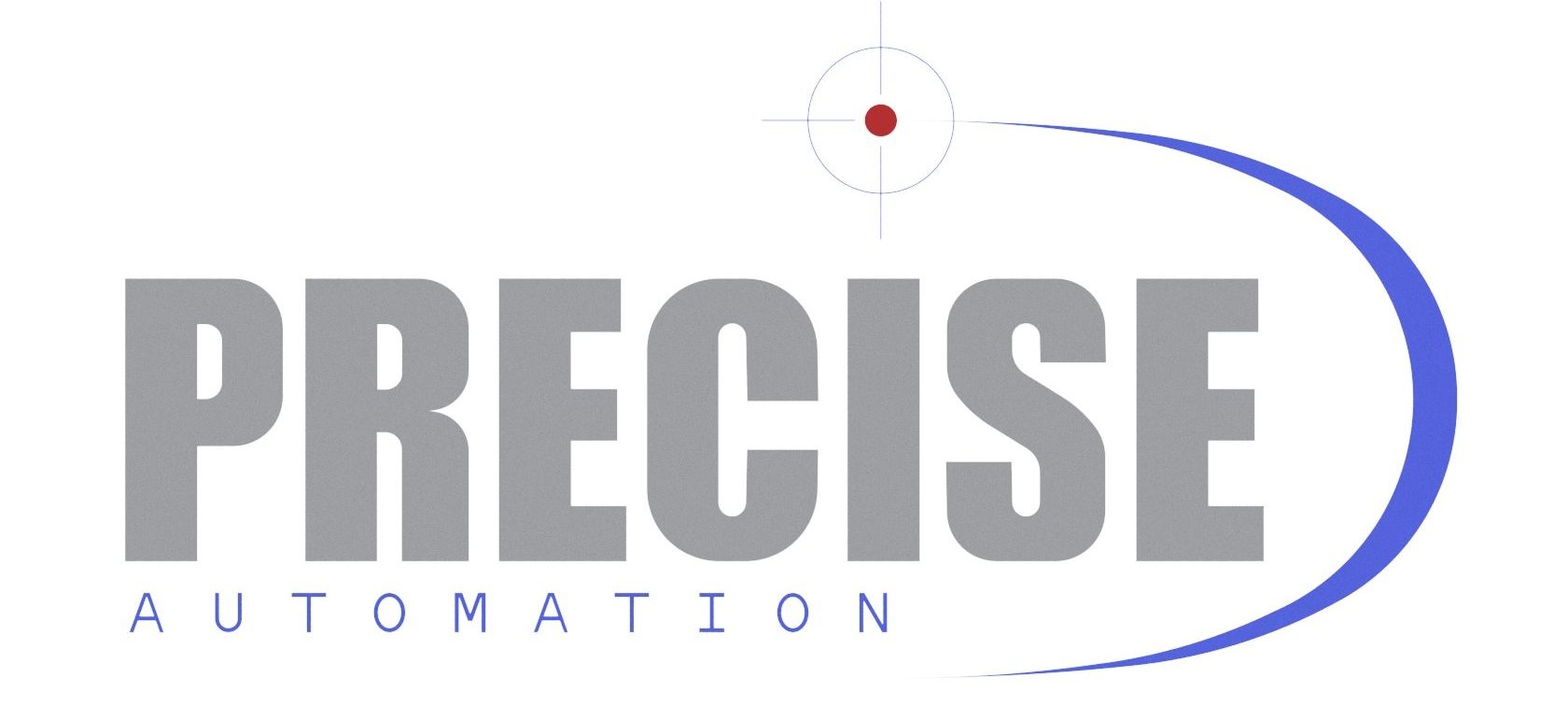We build turnkey operator stations with up to 6 cameras that can be integrated into your existing production process.
Vision integration refers to the process of incorporating vision systems, such as cameras and image processing software, into various applications or systems to enable them to perceive and interpret visual information. This integration allows machines to “see” their surroundings and make informed decisions based on the visual data they gather.
Capabilities
- INSPECTION
- PRODUCT ID
- OCR / VERIFICATION
- REJECT KNOCK OFF WITH CHUTE
Vision inspection in manufacturing involves the use of advanced optical systems, cameras, and image processing technology to assess and ensure the quality of products during various stages of production. This non-contact method allows for the rapid and precise examination of components, parts, or finished products for defects, deviations, or irregularities. Vision inspection systems can detect imperfections such as surface flaws, incorrect dimensions, misalignments, and missing components. These systems often use artificial intelligence and machine learning algorithms to interpret the visual data collected and make real-time decisions, enabling rapid quality control and defect identification. Vision inspection is essential in industries like automotive, electronics, pharmaceuticals, and food production, where precision and consistency are paramount for product integrity and safety. It not only enhances quality assurance but also helps manufacturers maintain high production standards and reduce the likelihood of costly recalls or rework.
Product identification (ID) in manufacturing is the process of assigning a unique and traceable identifier to each individual product or component produced. This identifier can take various forms, such as serial numbers, barcodes, QR codes, RFID tags, or even embedded microchips. The primary purpose of product ID is to enable accurate tracking and traceability throughout the entire manufacturing process, from raw material sourcing to final product assembly and distribution. It plays a crucial role in quality control, inventory management, and supply chain logistics. With a unique product ID, manufacturers can monitor production data, identify defects or issues at specific stages, and ensure compliance with regulatory standards.
OCR systems utilize specialized cameras and software algorithms to capture and process visual information, enabling the recognition of printed or engraved characters. The verification aspect ensures that the recognized characters match the expected values and adhere to predefined criteria, such as font, size, and spacing. OCR verification is crucial in manufacturing to confirm that labels and markings on products are accurate and compliant with regulatory requirements. It helps prevent errors, mislabeling, and quality issues by ensuring that critical information, such as serial numbers or expiration dates, is correctly applied and can be easily tracked throughout the production and distribution process. This technology enhances quality control and ensures that products meet safety and legal standards, especially in industries like pharmaceuticals, food, and electronics, where precise labeling is essential.
Reject Knock Off refers to a mechanism or process designed to remove or separate defective or non-conforming products or components from the production line. This can involve automated systems or manual interventions where items that do not meet quality standards are physically removed or diverted to a separate area. The purpose of a reject knock off system is to prevent subpar products from proceeding further in the production process, ensuring that only high-quality items move forward for additional processing, assembly, or packaging. By promptly identifying and removing rejects, manufacturers can minimize the risk of producing faulty products, reduce rework costs, and maintain overall product quality and consistency. This practice is essential in industries where product defects can have serious consequences, such as automotive, aerospace, and medical device manufacturing.


